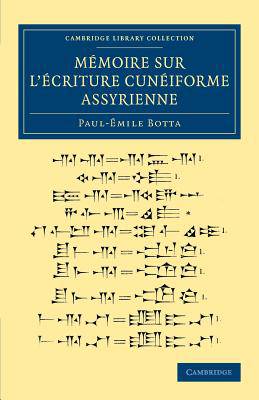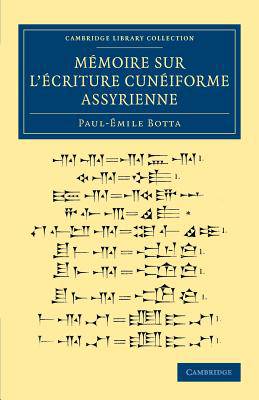
Door een staking bij bpost kan je online bestelling op dit moment iets langer onderweg zijn dan voorzien. Dringend iets nodig? Onze winkels ontvangen jou met open armen!
- Afhalen na 1 uur in een winkel met voorraad
- Gratis thuislevering in België vanaf € 30
- Ruim aanbod met 7 miljoen producten
Door een staking bij bpost kan je online bestelling op dit moment iets langer onderweg zijn dan voorzien. Dringend iets nodig? Onze winkels ontvangen jou met open armen!
- Afhalen na 1 uur in een winkel met voorraad
- Gratis thuislevering in België vanaf € 30
- Ruim aanbod met 7 miljoen producten
Zoeken
Omschrijving
The son of an Italian historian, Paul-Émile Botta (1802-70) served France as a diplomat and archaeologist. While posted as consul to Mosul in Ottoman Mesopotamia (modern-day Iraq), he excavated several sites, becoming in 1843 the first archaeologist to uncover an Assyrian palace at Khorsabad, where Sargon II had ruled in the eighth century BCE. As nobody could yet read the cuneiform inscriptions, Botta thought he had discovered Nineveh, and an enthused French government financed the recording and collecting of numerous artefacts. Many of the marvellous sculptures were put on display in the Louvre. Botta devoted himself to studying the inscriptions, and this 1848 publication, a contribution towards the later deciphering of the Akkadian language, presents a tentative catalogue of cuneiform characters that appear to be used interchangeably. Of related interest, Henry Rawlinson's Commentary on the Cuneiform Inscriptions of Babylonia and Assyria (1850) is also reissued in this series.
Specificaties
Betrokkenen
- Auteur(s):
- Uitgeverij:
Inhoud
- Aantal bladzijden:
- 206
- Taal:
- Frans
- Reeks:
Eigenschappen
- Productcode (EAN):
- 9781108077460
- Verschijningsdatum:
- 25/09/2014
- Uitvoering:
- Paperback
- Formaat:
- Trade paperback (VS)
- Afmetingen:
- 140 mm x 216 mm
- Gewicht:
- 267 g

Alleen bij Standaard Boekhandel
+ 112 punten op je klantenkaart van Standaard Boekhandel
Beoordelingen
We publiceren alleen reviews die voldoen aan de voorwaarden voor reviews. Bekijk onze voorwaarden voor reviews.











